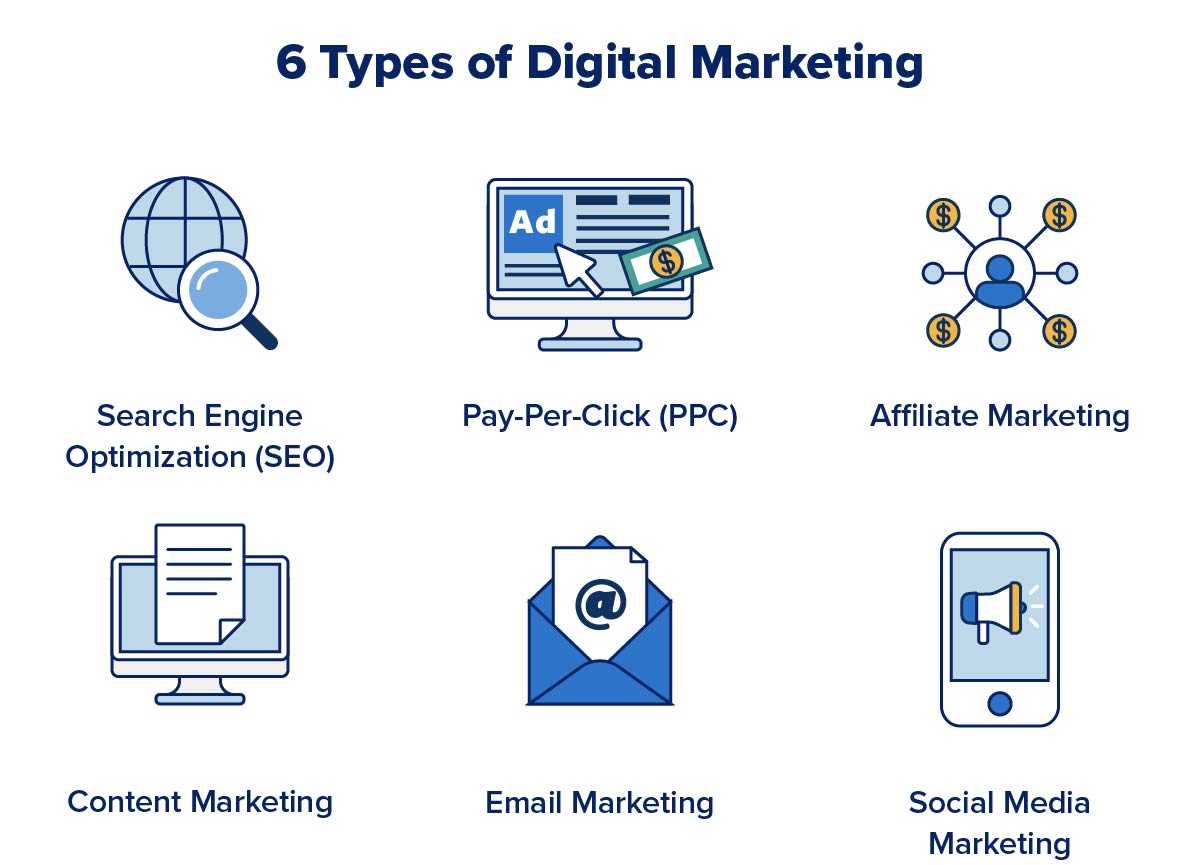Achieve Excellence with The Ad Firm SEO: Enhancing Your Online Success
Achieve Excellence with The Ad Firm SEO: Enhancing Your Online Success
Blog Article
Enhance User Experience and Drive Traffic With Responsive Website Design
In today's electronic landscape, where individuals are accessing websites from a wide range of devices, responsive website design has ended up being more vital than ever before. With its ability to adapt and perfectly adapt to various screen dimensions, responsive layout not just boosts customer experience yet likewise drives website traffic to your site. Yet why is this style approach so important? Exactly how does it improve individual interaction and rise internet site web traffic? In this discussion, we will certainly explore the crucial elements of effective receptive style, dive into the most effective techniques for its application, and discover the keys to improving individual experience while driving even more website traffic to your internet site.
Why Responsive Web Design Issues
Responsive website design is an essential facet of modern internet growth because of its capability to guarantee optimal customer experience across numerous devices and display dimensions. With the proliferation of smartphones, tablets, and other mobile phones, it has actually ended up being critical for websites to adapt and supply smooth functionality no matter of the gadget being made use of.
The key reason receptive website design matters is that it enables individuals to have a regular and pleasurable surfing experience, despite the gadget they are making use of. A receptive site automatically changes its layout, layout, and material components to fit the display size and resolution of the tool, making sure that individuals can quickly communicate and navigate with the site without any type of inconvenience or irritation.
Moreover, receptive web design additionally plays a significant function in search engine optimization (SEARCH ENGINE OPTIMIZATION) Internet search engine, such as Google, prioritize websites that are mobile-friendly and responsive in their search engine result. By including responsive design concepts, websites can improve their visibility and ranking, bring about boosted organic traffic and possible consumers.

Boosting Customer Engagement With Responsive Design
Enhancing user engagement is a key goal of responsive design, as it guarantees that users can conveniently accessibility and interact with web site content on any gadget. With the raising use of mobile phones and tablet computers, it is vital for web sites to adapt to various display sizes and resolutions. Receptive layout allows sites to immediately adjust their layout and material to give a seamless individual experience throughout devices.
One of the major methods receptive style improves user interaction is by reducing lots times. With a receptive site, individuals do not have to wait on different mobile variations to load, resulting in faster accessibility to web content. This enhanced speed brings about higher customer complete satisfaction and urges them to spend more time on the website.
Furthermore, receptive design enhances customer engagement by boosting navigating and interface (The Ad Firm web design agency). When a site is created responsively, buttons and food selections are maximized for touch communications, making it easier for individuals to navigate and communicate with the site on their mobile phones. This straightforward and user-friendly experience maintains users engaged and motivates them to explore more of the internet site
Additionally, responsive layout enables much better content visibility and readability. By adjusting the format and font sizes to different devices, responsive internet sites make certain that customers can quickly read and recognize the material. This improves user interaction by minimizing the need for zooming or scrolling to check out the message.
Increasing Internet Site Traffic With Responsive Website Design
With the expanding popularity of mobile gadgets, having a website that is receptive to different display sizes and resolutions is crucial for driving enhanced web traffic. In today's digital landscape, customers are accessing websites from a range of tools such as smart devices, useful reference tablet computers, and desktop computer systems. Each of these devices has different screen sizes and resolutions, and if your site is not created to adjust to these variants, it can result in an inadequate customer experience and a loss of possible website traffic.
Responsive web design makes sure that your web site looks and operates optimally throughout all gadgets. By utilizing adaptable grids, fluid pictures, and media queries, responsive design allows your web site to immediately adjust its navigation, design, and web content to fit any type of screen size. This indicates that individuals will have a seamless browsing experience despite whether they are making use of a huge desktop or a little smartphone computer system.
Trick Aspects of Efficient Receptive Design
Effective receptive design includes numerous essential components that guarantee a seamless individual experience throughout various devices. This enables material to be displayed in a visually appealing and understandable manner on any type of device.
One more crucial aspect is media questions. These allow designers to use various styles and layouts based upon the attributes of the customer's tool, such as screen dimension and alignment. By utilizing media inquiries, designers can enhance the discussion of web content for each device, making certain that it is easily obtainable and legible.
Receptive photos are likewise crucial in efficient receptive design. Pictures that are as well large can reduce web page load times on smart phones, while images that are too little might appear pixelated on bigger screens. By utilizing strategies such as receptive image resizing and careless loading, designers can make sure that pictures are suitably sized and enhanced for each and every tool.
Lastly, effective receptive design involves a mobile-first technique. This indicates designing and focusing on content for smart phones initially, and after that expanding and enhancing the style for bigger screens. This approach makes sure that the most vital content is easily obtainable on smaller sized screens, while still supplying an abundant experience on bigger gadgets.
Ideal Practices for Implementing Receptive Internet Design
Applying responsive website design requires cautious factor to consider of different best techniques to make sure an ideal user experience throughout various gadgets. When applying receptive internet layout., below are some crucial best techniques to follow.
To start with, it is important to focus on mobile users. With the raising dominance of mobile phones, creating for mobile-first has actually ended up being crucial. Start by making for smaller screens and after that progressively improve the format for larger screens.

An additional crucial best technique is to enhance images for various screen resolutions. Huge images can reduce the packing time of your website, specifically on mobile phones with slower links. Usage responsive photos that can be resized based on the tool's screen resolution to boost performance.
In addition, test your internet site on different tools and screen sizes to ensure a seamless and regular experience. There are various screening devices offered that can aid you identify any type of issues and visit here make needed changes.
Lastly, focus on usability and access. Guarantee that your website is easy to browse, with clear and succinct material. Ensure that your website comes to individuals with impairments and complies with access guidelines.
Final Thought
In conclusion, receptive internet layout plays a critical function in enhancing customer experience and driving web traffic to websites. By taking on responsive layout principles, websites can make sure optimal watching experiences across various gadgets, leading to increased individual engagement.
Maximizing user involvement is an essential objective of responsive style, as it ensures that customers can easily gain access to and interact with web site content on any type of tool. Responsive style enables sites to instantly adjust their design and web content to offer a smooth user experience across tools.
Additionally, responsive style boosts user interaction by boosting navigation and individual interface.Receptive photos are also important in reliable receptive design. By embracing receptive layout concepts, websites can make sure optimum watching experiences across different gadgets, leading to boosted customer involvement.
Report this page